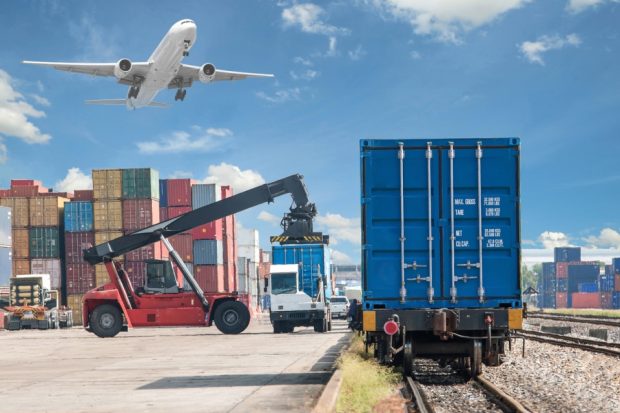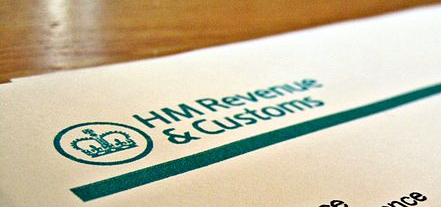Those of you who attended our symposiums in either Glasgow or London during December 2016 will have heard Jane Sewell – International Trade Development Liaison Officer from HMRC speak about the Unified Customs Code.
This is a major change in customs legislation affecting the international freight industry and businesses making customs declarations. The Union Customs Code (UCC) was introduced across the European Union on 1st May 2016 and consequently it introduced a number of changes to how goods cross EU borders. Jane spoke of the importance of providing accurate and correct information on customs declarations and also touched upon the Incoterm Ex Works and the difficulties of proving export has taken place when entering into trade agreements in this manner.
Those of you who are regular attendees at these events will have heard me speak on similar themes over the years. The changes brought about by the introduction of the UCC are important and far reaching and may have been new to many delegates and to many of you that may be reading this post.
Also at the symposium delegates heard a shocking, but interesting, presentation by my colleague Naseem Hudroge, Senior Intelligence Analyst, which gave further insight into the importance of getting customs declarations correct and also highlighted the need for you to be able to present such export documentation when it is asked for during an inspection. Both the MHRA and HMRC will expect these declarations to be correct, accurate and available.
In this, my first blog post, I shall attempt to put this information into context and to suggest ways in which you can actively prevent your company receiving deficiencies in the area of lack of documentation and poor control, or lack of visibility within the supply chain, simply by making small changes to and increasing your understanding of export procedures and requirements.

Your product, your declaration
When exporting a medicinal product, a declaration must be made to HMRC to indicate exactly what is being shipped, who is making the shipment and where the product is ultimately going.
The product should be accompanied by a commercial invoice – proforma invoices are to be avoided as this can, and has led to misleading customs declarations being completed. A false declaration may result in seizure of the product and may also lead to a fine.
It is the responsibility of the exporter to enquire into the import and export regulations (any prohibitions, restrictions, trade embargoes, etc.) that may be in force in relation to the destination country. The exporter must ensure that certificates of origin, export licenses and the like which may be required in relation to the trade in the particular commodity within the destination country are applied for and that the correct documentation accompanies the shipment. Copies of this documentation should routinely be retained.

The exporter (consignor) is also responsible for ensuring that:
- medicinal products remain in the legal supply chain,
- export paperwork is correctly completed,
- proof of export is obtained and retained,
- the consignee is entitled to receive the product, and
- the product has been stored, handled and shipped in accordance with GDP.
Your freight forwarder or shipping agent is a key partner
It is best practice to routinely provide the freight forwarder, shipping department or freight agent with the following:
- your Economic Operator Registration and Identification (EORI) number
- details of whom the goods are to be consigned to (name and address in full)
- commercial reference to be incorporated into the Declaration Unique Consignment Reference (DUCR) to assist with export audit trails
- details of the country of final destination
- shipping or flight details
- correct value of goods in the correct currency code
- the Commodity Code and a clear and unambiguous description of the goods, their quantity, marks and numbers.
- any reference numbers already issued by HMRC – such as any previous declarations made in respect of the product. For example, the declaration made when the product was ‘introduced’.
Whilst on inspection, upon asking for documentation relating to an export to a third country we are frequently presented with invoices which show the Incoterm ‘Ex Works’. This generally causes issues at inspection as the consignor may have handed the product over for export to a representative of a company appointed by the consignee. Where this is the case, the consignor generally will be unable to demonstrate GDP compliance or indeed produce any paperwork showing the product has been exported as claimed. Companies should request copies of the documentation (which is interchangeably referred to as the SAD, C88 or export declaration) from their shipping agent and check this for accuracy.
The Incoterm EXW (Ex Works) puts the onus on the consignee to arrange the pre-carriage from the seller’s premises to the point of export, and to complete and pay for the export formalities. In most export scenarios this presents practical difficulties. Realistically for all export transactions the exporter needs to be involved in export reporting formalities and cannot realistically leave this to the consignee.
A lesser used but more practical Incoterm when an exporter does not wish to pay for the carriage of the product, is FCA – Free Carrier (named place of delivery). Generally the named place of delivery will be the port through which the product is leaving. With this Incoterm, the seller has control regarding the transport and customs formalities prior to the goods leaving the territory, and the buyer pays for the main transport.
Since it is the legal responsibility of the declarant to ensure that the goods are accurately declared when presented to HMRC, using this Incoterm gives the seller the control required. Crucially the seller also takes responsibility for arranging the transport to the point of shipment (or consolidation) and can therefore control where the goods are held and by whom prior to shipment, hence ensuring that the product remains within the legal supply chain and under GDP control up to the point of main transport, which will have risk assessed according to Chapter 9 of 2013/C 343/01.
Both the GDP and GMP inspectorate will be routinely requesting full export documentation at inspection - and this extends to the CHIEF (Customs Handling of Import and Export Freight) entry - bills of lading or airway bills, export licences where applicable, and any certificates of origin that may be required for that particular commodity to be sent to the destination country. For exports we still expect that you can show the same due diligence.

Finally, I would like to leave you with the thought that, as the exporter, the responsibility in ensuring the information you provide to HMRC rests with you.
I intend to produce a second post during 2017 on the subject of introduction.
Don’t miss the next post, sign up to be notified by email when a new post is published on the Inspectorate blog.
Access our guidance on good practice for information on the inspection process and staying compliant.


2 comments
Comment by Zul Mamon posted on
Thank you for such an informative blog post. One can see why many WDA holders involved in wholesaling fall short, especially those who haven't updated their knowledge , quality systems and that have been trading prior to 2013. Exporting can be lucrative and carries a lot of risks.
Comment by Richard Coe posted on
Fully agree with Zul. Taking the risks element a stage further, the willingness of the customer, (who is specifying EXW, perhaps with a view to saving shipping costs), in producing / requesting export documentation as mentioned in the blog and providing / participating in Shipping Lane Risk Assessments is a good risk indicator when WDA holder is undertaking its pre-requisite customer approvals. The logistics provider is often "piggy in the middle" and, therefore, can end up "policing" this or (preferably) providing the co-ordination as part of its service.